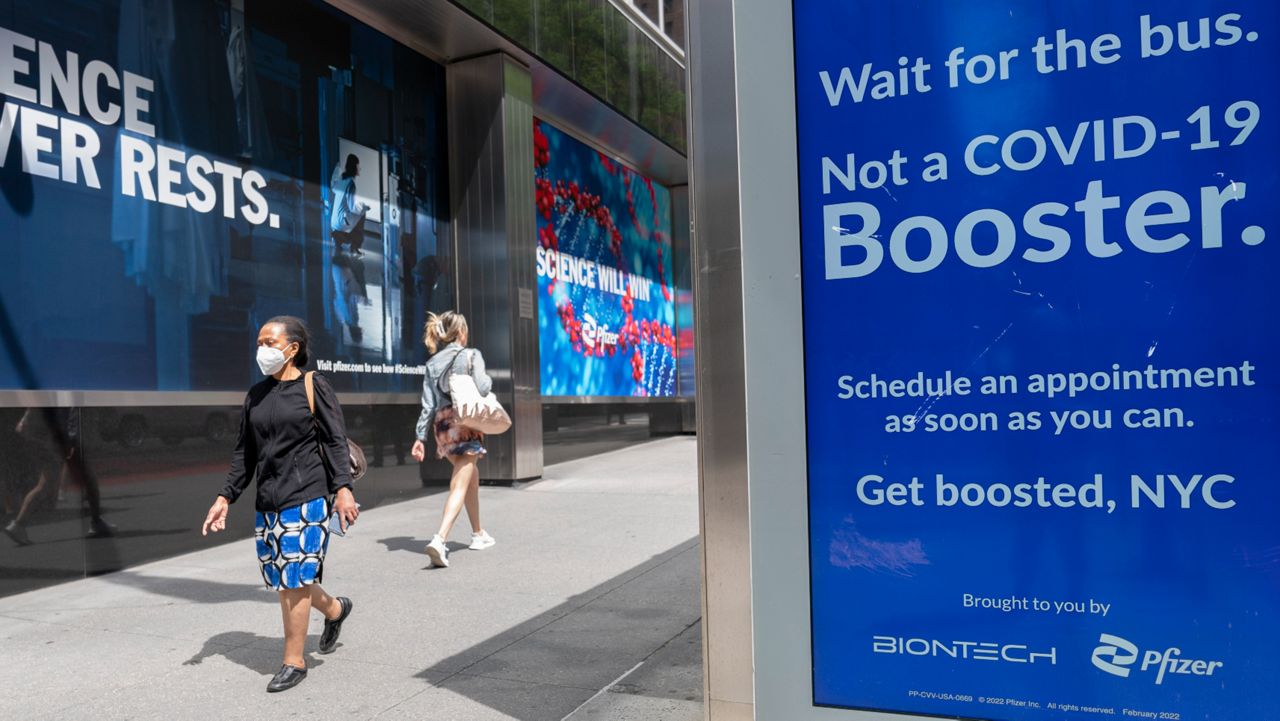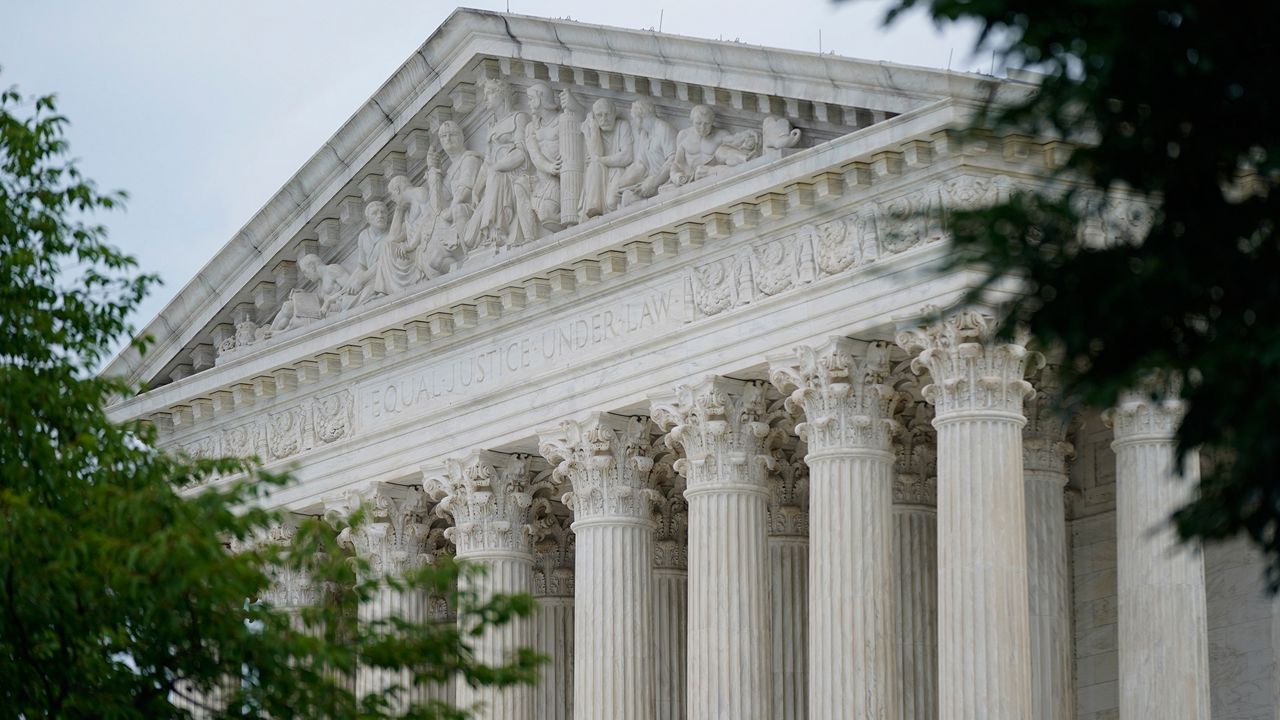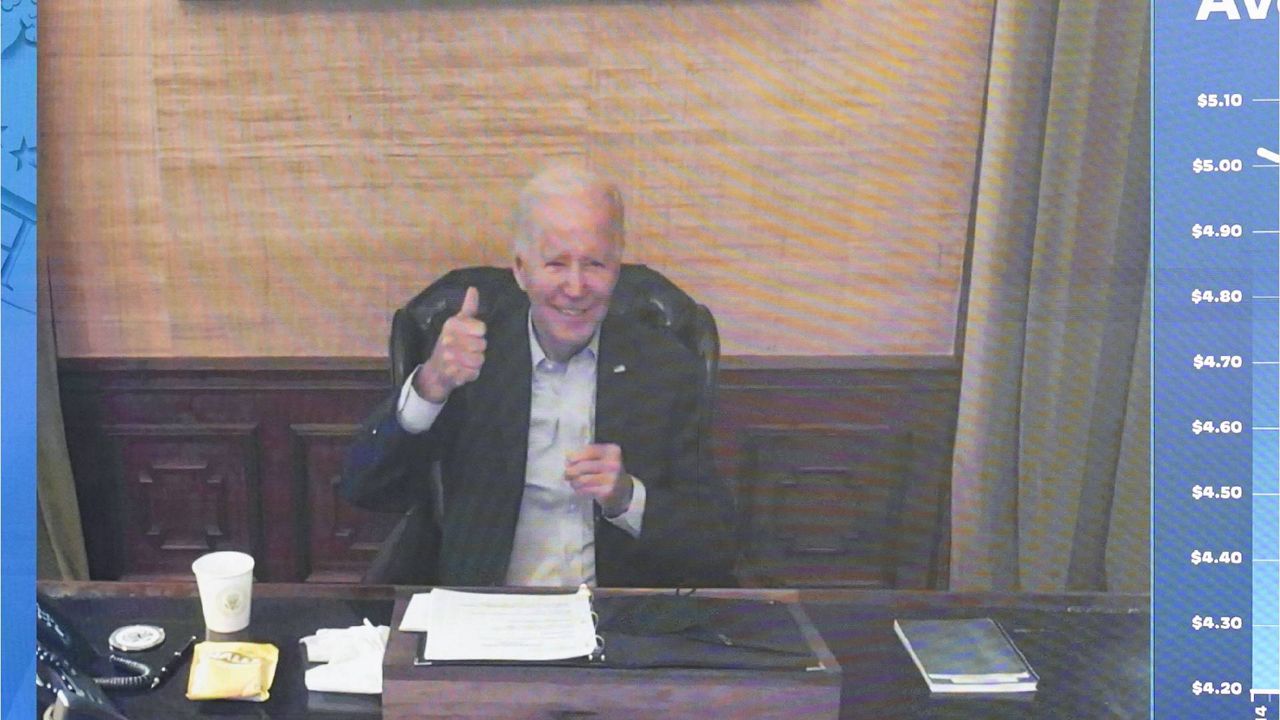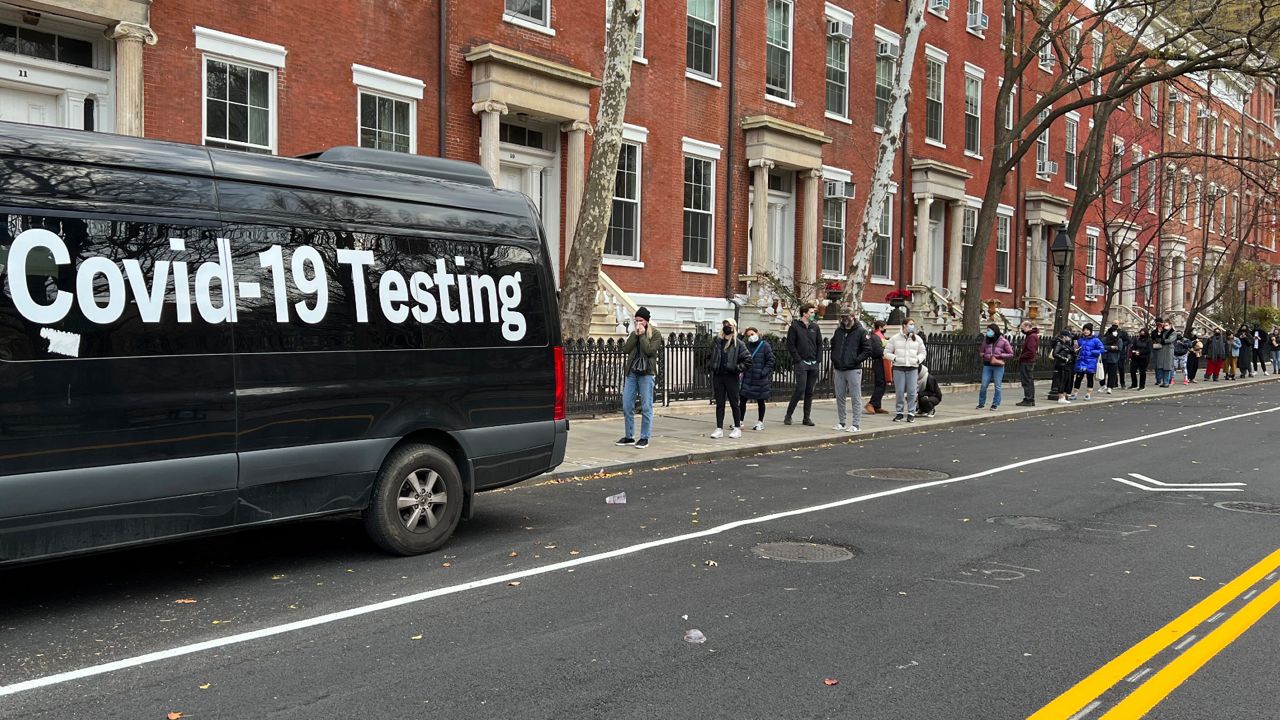Only ten black students have been offered a seat at Stuyvesant High School in September. A year after similar statistics spurred calls for changes in how the city admits students to its top public high school.
Overall, the city offered 4,265 students admission to one of the eight specialized high schools that use a single test to determine entry and only 4.5 percent of those students were black, and 6.6 percent Hispanic. 54 percent of offers went to Asian students, and 25.1 percent to white students.
Those numbers have not budged much since last year when news that just seven black students were admitted to Stuyvesant fueled calls for the city to stop using a single test to determine entry.
But Mayor de Blasio’s efforts to change a state law requiring the use of the test at Stuyvesant and some of the other schools failed, while generating a huge backlash from Asian American communities who say the change would harm them.
Critics of the mayor’s proposal have argued that expanded tutoring for black and Hispanic children would be a better option. But expanded tutoring, some run by the city, some funded by the mayor’s critics, also have not moved the needle.
The figures ordinarily would have been big news, but they were overshadowed by the coronavirus crisis and the de Blasio administration's scramble to prepare for 1.1 million school children, many of them from low-income homes, to begin learn remotely starting Monday. That includes trying to find ways to get technology to 300,000 students who need it.
"We're not going to have 300,000 devices by Monday, we never said we would. We do have a plan for having those devices in the hands of our students in the coming weeks; they're 25,000 devices that will be distributed over the next week to families," said schools chancellor Richard Carranza.
The city will prioritize students in public housing, who are homeless, or from low-income homes. Students will also be able to learn without technology, the schools chancellor says.
"There are a number of resources that are still in your hands kind of materials that families in the next few days will be picking up as well,” said Carranza.









